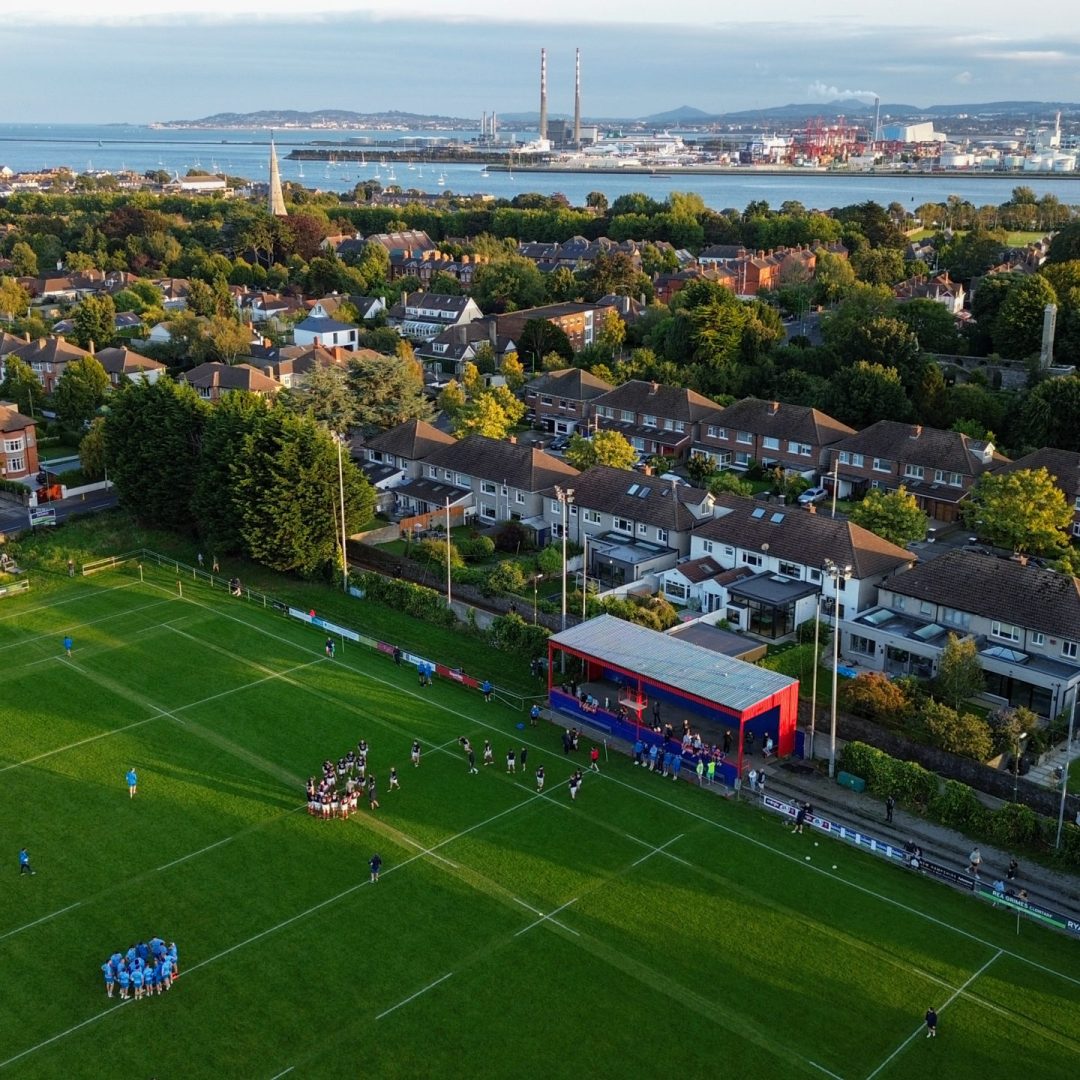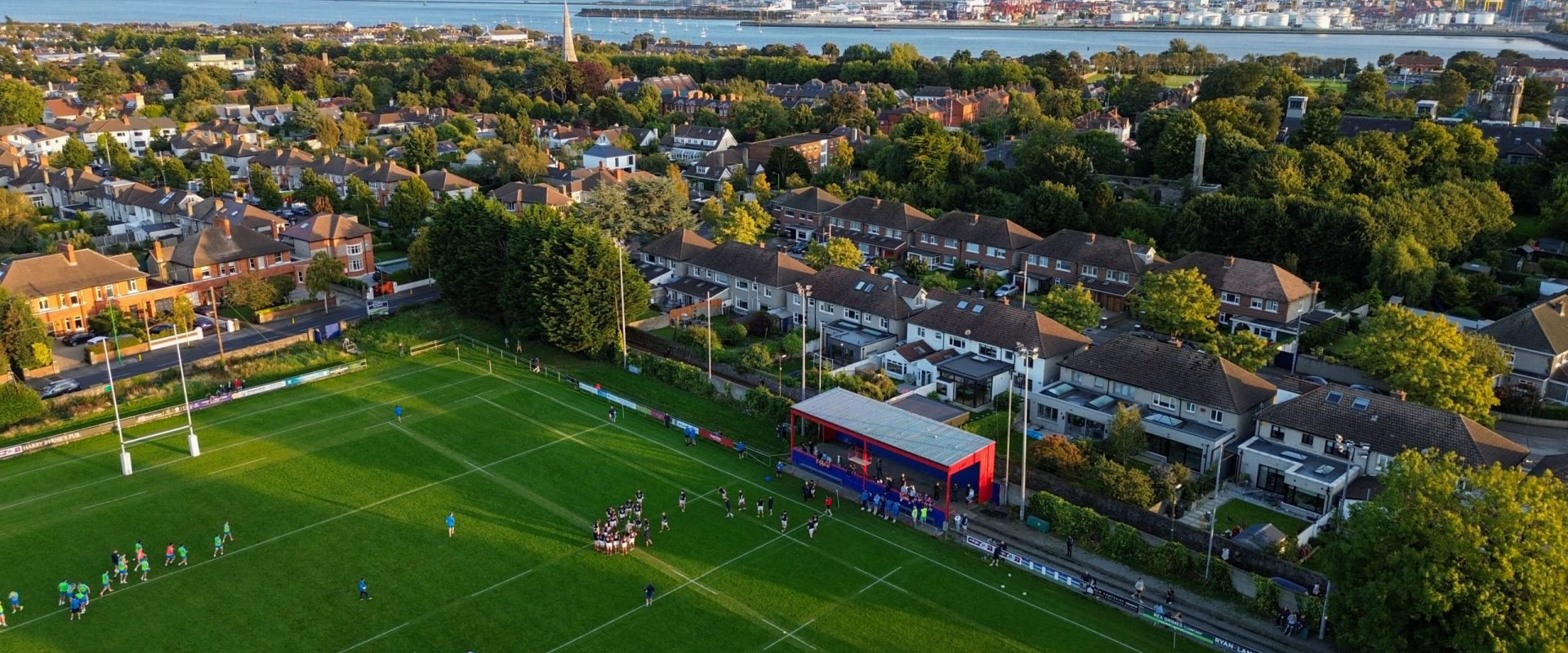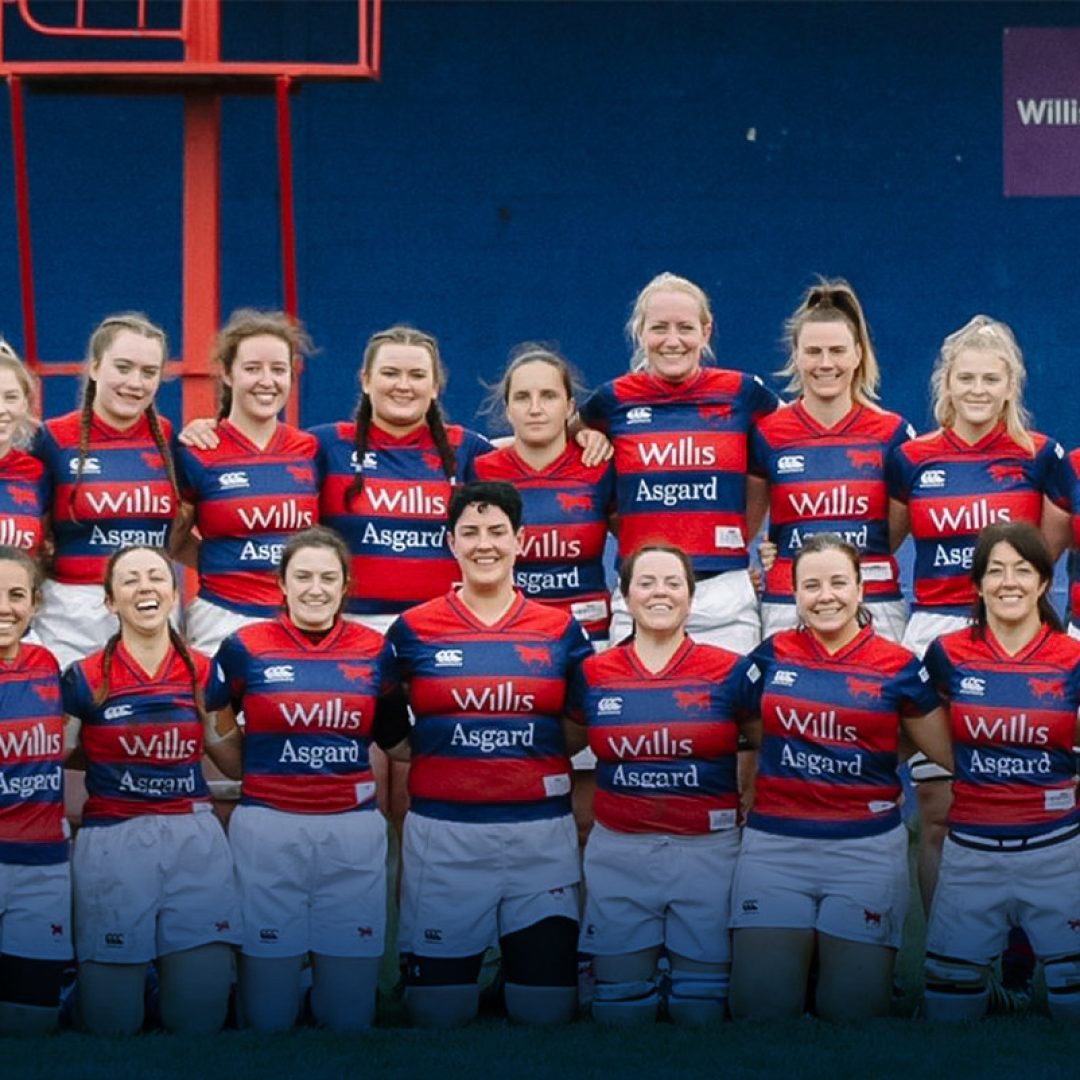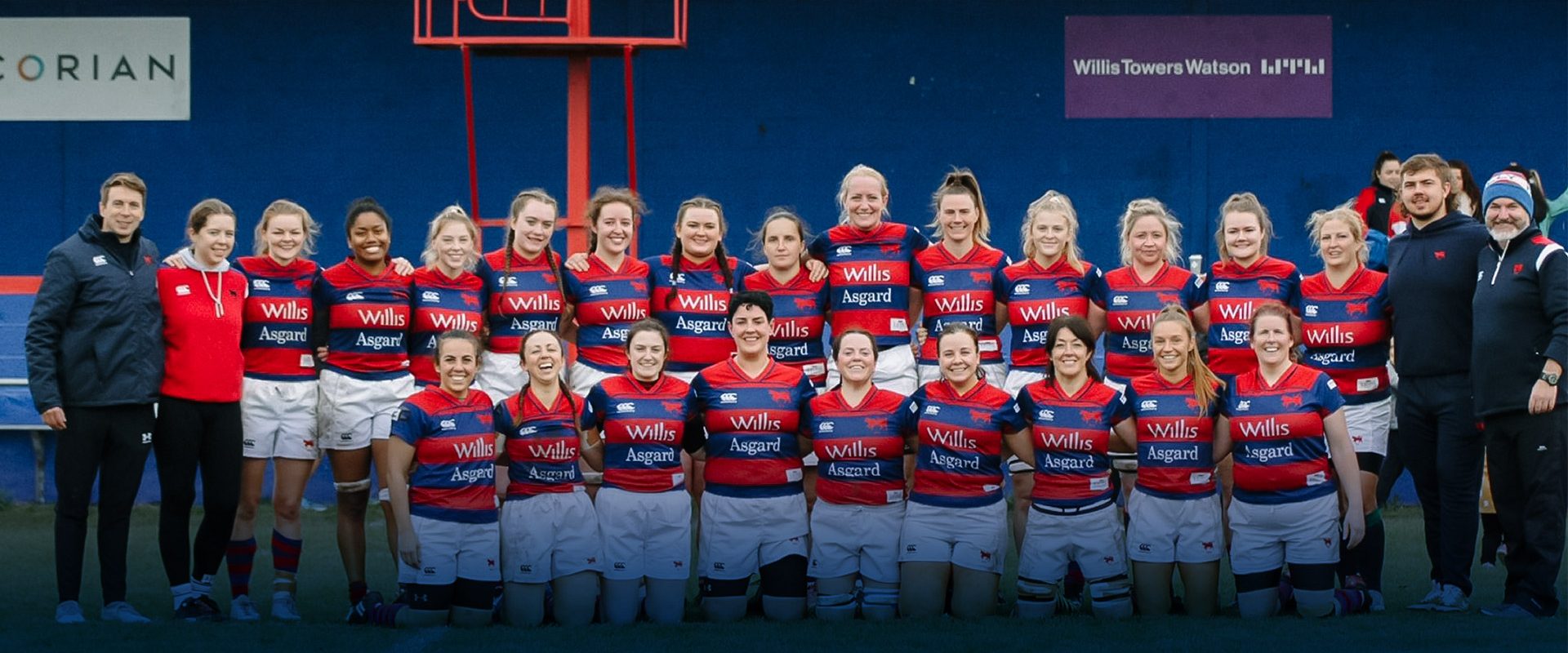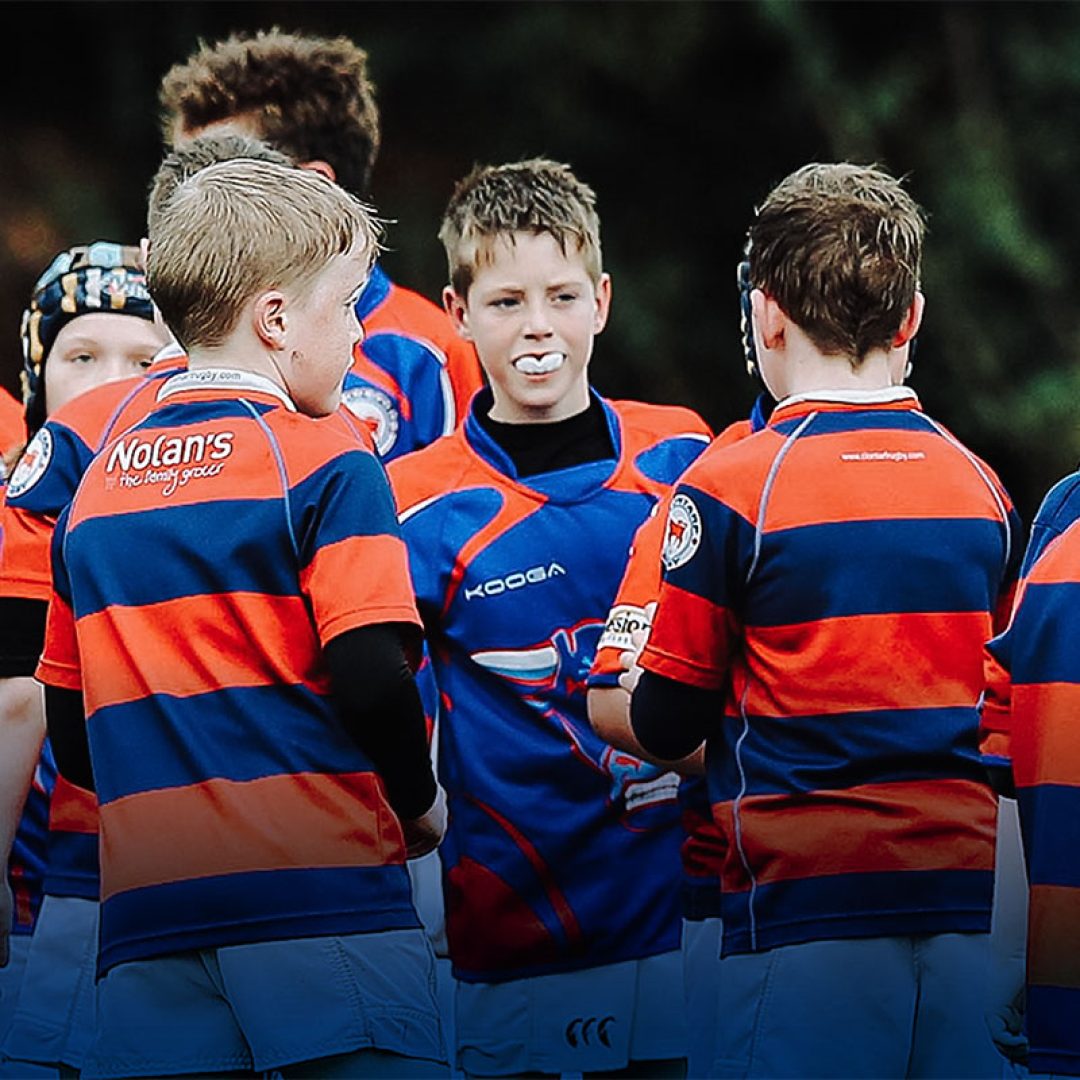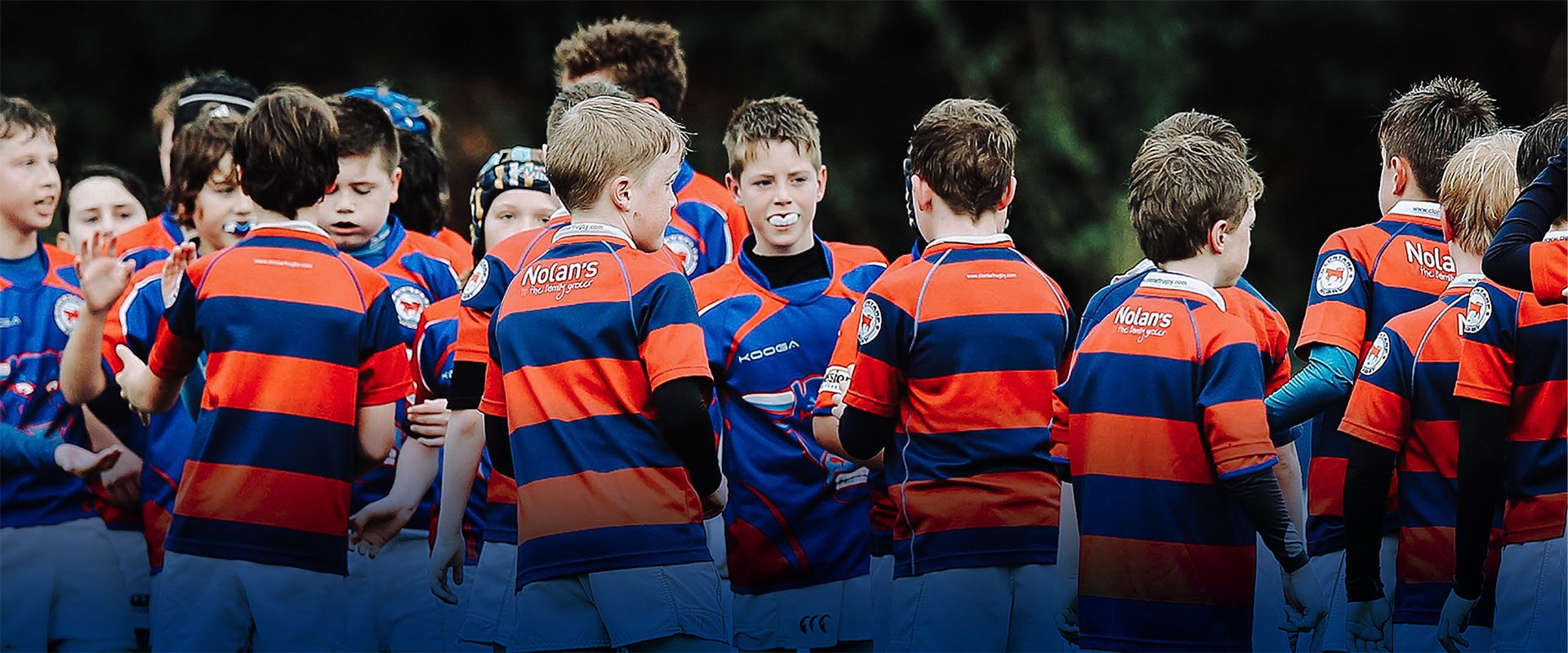Previous
Fixture
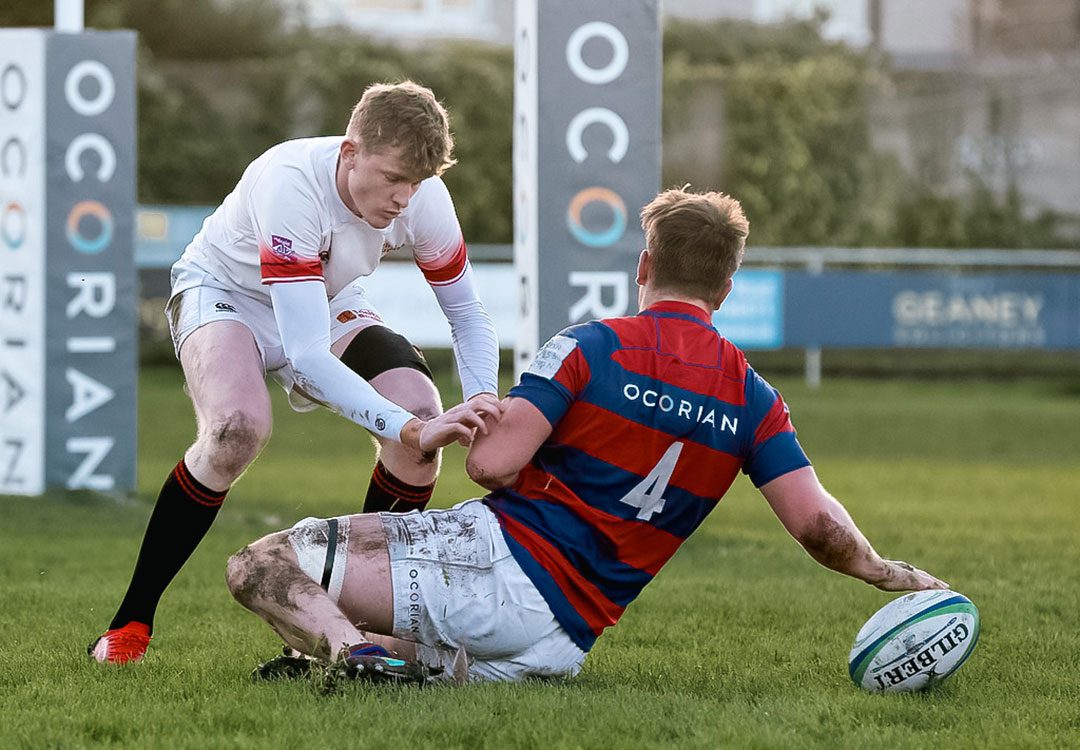
HISTORY
OF THE CLUB
Clontarf Football Club was founded in 1876. The official club title is Football Club rather than Rugby Football Club as the Club was formed before the Irish Rugby Football Union (founded in 1879) and thus is one of a unique few remaining clubs in the country with this entitlement.
Between 1876 and 1896 the Club transferred grounds several times in the Clontarf area from its initial ground in Belvidere, Danespark (part of a local dairy farm), for which an annual rent of £3 was payable. Belvidere was situated beside the Yacht and Boat Club, In 1892 the Club moved to a field in Vernon Avenue and some time later also rented a pitch on the Howth Road and ultimately to Castle Avenue, where Clontarf Cricket Club (also founded in 1876) was situated. – it’s home since 1896. The grounds at Castle Avenue, initially rented the, Vernon Estate who owned Clontarf Castle were eventually purchased jointly by the two Clubs in 1947.
The Club’s colours were derived from those of the Yacht and Boat Club, the oldest sporting club in the area, many of whose members were instrumental to the foundation of the Rugby Club.
In 1896, the Club joined the IRFU and went on to become a senior club in the 1902/03 season.
From 1896 – 1947 the grounds at Castle Avenue were jointly occupied by the Clontarf Football Club and Cricket Club. Both games were played on the same ground and the wicket was fenced off in the winter. In 1947, following the acquisition of the original grounds, along with the “Lido Field” (now the cricket pitch), the grounds were separated, with each club having exclusive use of it’s individual parts.
At the outbreak of the First World War in 1914, rugby was suspended in Ireland, only returning in 1919. During this time 107 members of the Club fought in the War, of whom 17 lost their lives.
The Bull emblem used in the logo derives from the district Clontarf, or in the Irish language, Cluain Tarbh which means Meadow or Field of the Bull.There are different theories as to the derivation, with one being the sound of the waves over the sandbars in Dublin Bay resembling the sound of a roaring bull. Clontarf is, of course, famous for the Battle of Clontarf in 1014 which effectively ended the reign of the Vikings and Norsemen in Ireland and it was also the location for one of the large meetings organised by Daniel O’Connell in his campaign for Catholic Emancipation.
